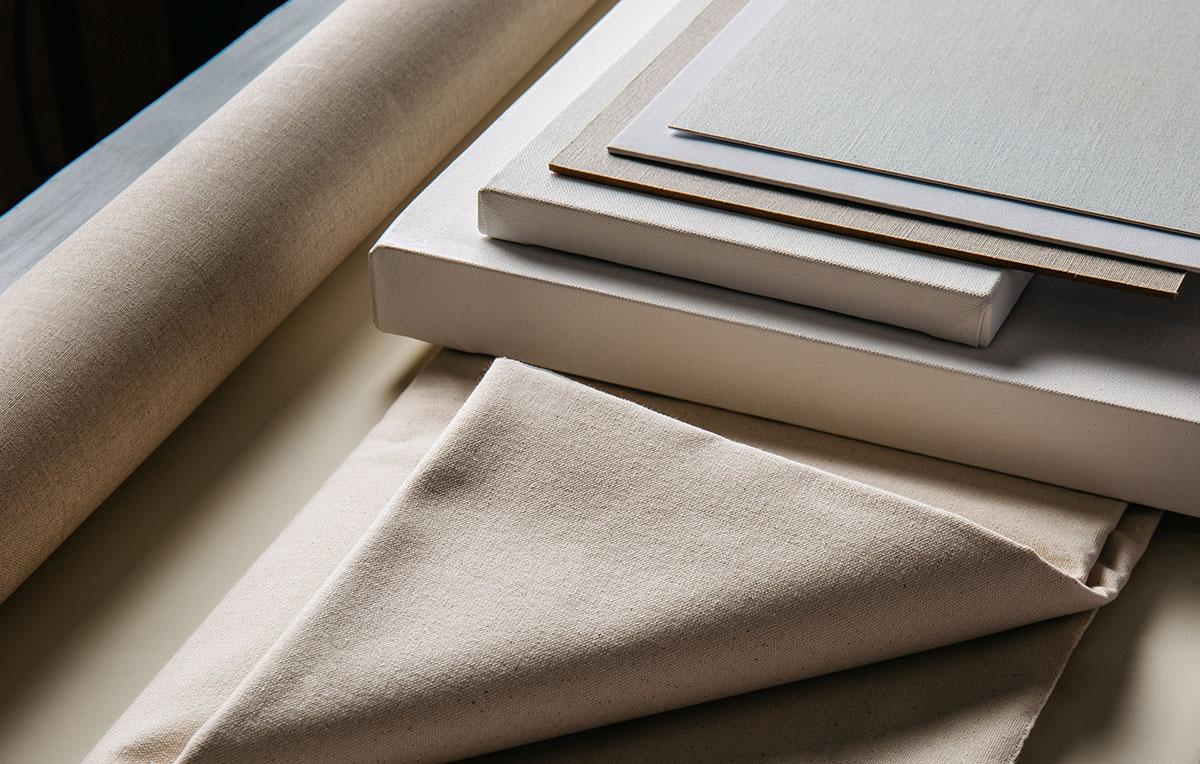Fluid art, or acrylic pouring, has been very popular recently due to its endless creative possibilities and captivating effects. Selecting the appropriate surface is one of the most important choices artists must make when using this method. The distinct qualities of canvas, wood, and paper can all have a big influence on how your acrylic pours turn out. We’ll examine each surface’s characteristics in this post to assist you in selecting the best surface for your acrylic pouring projects.
Canvas:
For artists working in a variety of media, including pouring acrylic, canvas is a timeless option. The flexible yet robust surface of its woven fabric allows it to bear the weight of wet paint without warping. Furthermore, canvas is available in a range of textures, from coarse to silky, giving artists the freedom to experiment with diverse surface treatments.
Canvas’s absorbency is one benefit when pouring acrylic on it. Because canvas is porous, paint can penetrate the material and create complex patterns and rich, vivid colors. Additionally, because of its absorbency, the paint flows more easily, which makes it simpler to accomplish desired effects like cells and lacing.
Canvas does have several disadvantages, though. The final piece’s appearance can be influenced by the fabric’s texture; more uniform results are produced by smoother canvases than by more textured ones. Priming canvas beforehand is also necessary to keep paint from penetrating too deeply into the fibers, which could compromise the artwork’s lifespan and adhesion.
Wood:
Wood panels give acrylic pourers a firm and level surface to work on, giving painters a uniform and smooth surface. Wood panels, as opposed to canvas, are pre-primed, thus painting doesn’t require any further work. Wood panels are therefore a practical choice for artists who want to get right into their creative process.
The longevity of wood panels is one of their advantages. Wood panels are firm and flat, guaranteeing that your artwork will remain intact for years to come. This is in contrast to canvas, which can droop or rip over time. Furthermore, the flat surface of wood panels gives you more control over how the paint flows, which makes it simpler to create elaborate and accurate designs.
Wood panels do have certain drawbacks, though. Although they provide a flat surface that is perfect for pouring acrylic, they are not as absorbent as canvas, which may have an impact on the finished piece’s appearance. Because wood panels aren’t absorbent, artists might need to modify their pouring procedures accordingly.
Paper:
Although less common, paper has certain special benefits of its own for acrylic pouring. Paper is lightweight and flexible, making it easier to carry and experiment with various techniques, unlike canvas and wood. Paper is available in a variety of weights and textures, so artists can select the ideal substrate to achieve their desired results.
Paper’s absorbency makes it a good choice for acrylic pouring. Paper easily absorbs paint, allowing for faster drying times and more intense colors than canvas and wood, which might fight the paint’s flow. Furthermore, the finished piece’s appearance can be influenced by the paper’s texture; smoother papers yield more delicate and refined results than rougher textures.
Paper does, however, have several disadvantages. Paper is vulnerable to handling and moisture damage, in contrast to wood and canvas, which are more resilient and long-lasting. Furthermore, the paper’s small weight might cause it to buckle or wrinkle when it comes into contact with wet paint, thus extra caution and attention should be used when pouring.
Conclusion:
In conclusion, there are benefits and drawbacks to acrylic pouring on various surfaces, including paper, wood, and canvas. While wood panels give a smooth, long-lasting foundation for precise and intricate designs, canvas offers a robust, absorbent surface perfect for creating rich, brilliant colors. Paper is a versatile option for experimentation because of its unique qualities, such as its absorbency and lightweight, even if it is less typical.
The ideal surface for acrylic pouring ultimately comes down to your taste, artistic intentions, and intended results. There are countless options just waiting to be discovered, whether of your preference for the feel of canvas, the durability of wood, or the adaptability of paper. So go ahead and try pouring acrylic over various surfaces and let your creativity run wild!
Some Best Brushes For Artist:
1. Sabahz Trading Round Pointed Tip Artist Paint Brushes – Link
2. ARTIOS Flat Paint Brushes – Link
3. ARTIOS Filbert Paint Brushes – Link
4. ARTIOS Angular Paint Brushes – Link
Read Also:- Acrylic Paint Brushes: Understanding the Right Types for Various Techniques
To learn more about art, visit SILPAVAT.IN


